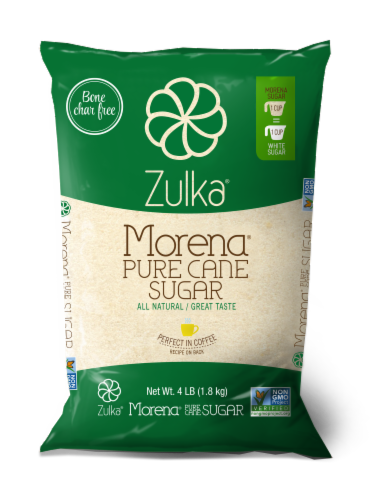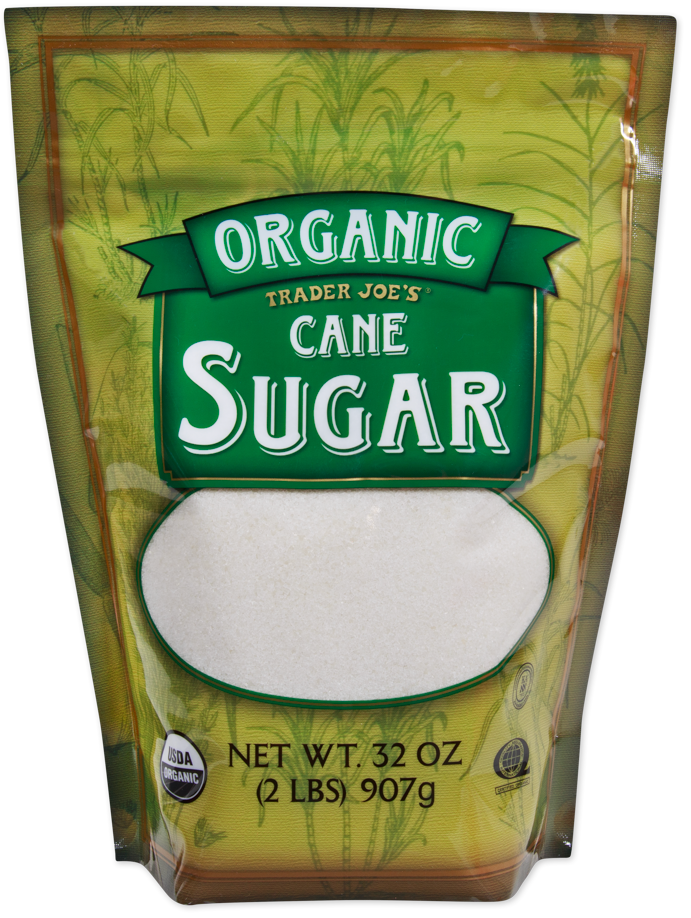Advanced Cane Sugar Processing: Enhancing Efficiency and Sustainability
Advanced Cane Sugar Processing: Enhancing Efficiency and Sustainability
Blog Article
Recognizing the Important Methods and Technologies Utilized in Modern Cane Sugar Processing
The development of cane sugar processing has actually been substantially shaped by the combination of advanced strategies and technologies that attend to both performance and sustainability. As we explore these crucial developments, it ends up being important to examine exactly how they not only enhance manufacturing however additionally line up with wider market fads and consumer needs, raising concerns regarding the future of sugar processing and its implications for worldwide markets.
Historical Context of Walking Stick Sugar Processing
The historic context of walking cane sugar processing exposes a rich tapestry of farming development and social exchange that has shaped its development over centuries. Coming From in Southeast Asia, sugarcane was grown as early as 8000 BCE - Cane Sugar Processing. The procedure of refining and removing sugar acquired energy in India, where techniques for condensation were refined around the sixth century. This expertise went across to the Center East, and by the 12th century, sugar ended up being a valued product in Europe, resulting in the establishment of sugar plantations in the Mediterranean.

Advanced Removal Methods
Performance in walking stick sugar removal has actually seen considerable developments, driven by the requirement for greater returns and lower production expenses. This technique not just increases sugar yield yet additionally minimizes the energy needed for processing.
Furthermore, the adoption of membrane filtration technologies, such as nanofiltration and reverse osmosis, has actually revolutionized the splitting up of sugar from pollutants. These approaches allow for the careful permeation of sugar particles while keeping larger contaminants, enhancing the removal procedure and lessening waste.
In addition, the integration of continuous removal systems has actually brought about enhanced functional efficiency. Cane Sugar Processing. These systems preserve a constant circulation of cane material, ensuring optimum extraction conditions and minimizing downtime linked with set handling
Innovative Refining Technologies
Refining methods in walking stick sugar handling have actually gone through a transformative change, driven by the need for greater purity and boosted product quality. One of one of the most significant developments is the fostering of membrane purification modern technologies, such as ultrafiltration and nanofiltration. These procedures efficiently get rid of pollutants and colorants without the need for comprehensive chemical treatments, consequently maintaining the sugar's natural taste and enhancing its allure.
An additional considerable innovation is the usage of ion exchange resins, which enable for discerning elimination of undesirable ions from sugar services. This technology not just boosts the general pureness of the last item yet additionally adds to lowered waste and environmental effect.
Moreover, innovations in adsorption techniques, utilizing turned on carbon and other innovative products, have actually proven efficient in decolorizing sugar remedies while preserving optimal quality. The integration of these cutting-edge refining innovations makes certain that manufacturers can produce refined sugar with exceptional clarity and taste, fulfilling the evolving preferences of customers.
Automation and Control Systems
Recent innovations in refining innovations have led the way for substantial renovations in automation and control systems within cane sugar handling centers. These systems utilize innovative software and hardware to enhance operational performance, lower human mistake, and make sure regular product high quality.
Modern automation integrates numerous parts, including sensors, actuators, and programmable reasoning controllers (PLCs), making it possible for real-time surveillance and control of important processes. As an example, temperature, pressure, and flow rates can be exactly managed throughout removal, explanation, and crystallization phases, enhancing performance and reducing waste.
In addition, advanced information analytics and maker learning algorithms play a crucial duty in anticipating maintenance, permitting drivers to expect equipment failings before they take place. This aggressive strategy not only lowers downtime but additionally prolongs the lifespan of machinery.
On top of that, automation facilitates the execution of Industry 4.0 concepts, encouraging sugar mills to achieve higher connection and data exchange throughout procedures. Therefore, decision-making ends up being more nimble and informed, ultimately boosting the overall competitiveness of cane sugar production. With these developments, the market is well-positioned to fulfill growing worldwide demands while maintaining functional quality.
Sustainability Practices in Sugar Production
Sustainability methods in sugar production have ended up being increasingly crucial as the sector seeks to balance financial viability with ecological obligation. As consumer awareness expands pertaining to the ecological visit this site right here effects of farming practices, sugar manufacturers are taking on ingenious approaches to reduce their eco-friendly footprint.
One significant method is the execution of precision agriculture methods, which use information analytics to enhance source usage, such as water and fertilizers. This lowers waste and lessens the influence on regional environments. Furthermore, numerous manufacturers are transitioning to renewable resource resources, such as biomass from sugarcane byproducts, to power their procedures, thereby lowering dependence on nonrenewable fuel sources.
Water monitoring methods are likewise crucial; rainwater harvesting and efficient irrigation systems help minimize water scarcity problems. Cane Sugar Processing. Furthermore, incorporated pest monitoring strategies minimize chemical use, promoting biodiversity and soil health and wellness
Company social duty campaigns are arising, with business purchasing neighborhood neighborhoods and ensuring fair labor practices. By embracing these sustainability techniques, the sugar sector not just boosts its credibility yet additionally adds to a much more lasting agricultural landscape, paving the way for future generations.

Verdict
In summary, modern walking cane sugar processing incorporates a series of advanced methods and modern technologies that significantly improve return, effectiveness, and sustainability. The adoption of cutting-edge extraction and refining approaches, together with automation and control systems, promotes enhanced operational performance and item top quality. Moreover, the emphasis on lasting techniques highlights a commitment to reducing environmental impact and click to investigate promoting honest production. Collectively, these advancements position the walking cane sugar market to fulfill modern demands while addressing important international obstacles.
The development of walking cane sugar processing has actually been substantially formed by the combination of innovative methods and technologies that attend to both efficiency and sustainability.The historic context of cane sugar handling reveals a rich tapestry of farming development and social exchange that has formed its advancement over centuries. Technologies in milling and refining emerged, laying the foundation for modern walking stick sugar handling.Refining techniques in walking cane sugar handling have gone through a transformative change, driven by the demand for click this link higher pureness and boosted product high quality.In recap, modern-day cane sugar processing integrates an array of advanced techniques and innovations that significantly improve return, performance, and sustainability.
Report this page